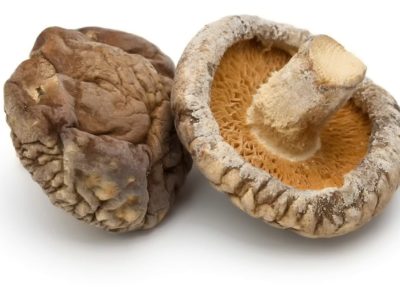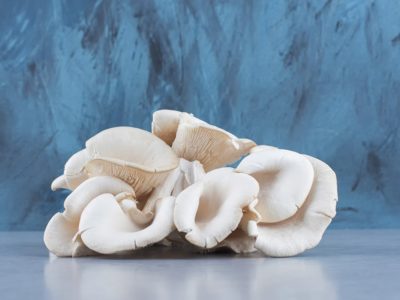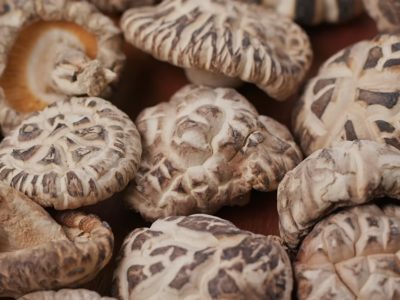High levels of glucose can be harmful to islet beta cells, which are crucial for insulin production. In this study, researchers examined the protective effects of a new polysaccharide extracted from the mycelia of Lentinus edodes (LMP) on INS-1 cells that were damaged by high glucose levels. They measured various factors such as cell viability, the release of lactate dehydrogenase (LDH), cell apoptosis, the levels of reactive oxygen species (ROS) inside the cells, the activity of superoxide dismutase (SOD), and the content of malondialdehyde (MDA).
The findings revealed that LMP was effective in reducing oxidative stress within the cells. It lowered the levels of ROS and MDA, while increasing SOD activity, which helps protect cells from damage. Additionally, LMP was found to prevent cell apoptosis (programmed cell death) by regulating the expression of specific proteins like Bax, Bcl-2, cleaved caspase-3, and cleaved caspase-1. These proteins play a key role in the process of cell death and survival.
Further analysis of cell signaling pathways showed that LMP inhibited the activation of the p38 MAPK, JNK, and NF-kappaB pathways, which are involved in the stress response and inflammation. At the same time, LMP activated the Nrf2 pathway, which is known for its protective effects against oxidative stress.
To better understand how LMP might be transported in the body, researchers used ultraviolet-visible absorption spectroscopy and fluorescence spectroscopy to study its interaction with human serum albumin (HSA). The results indicated that LMP forms a complex with HSA, which could help explain how it is transported within the body.
Overall, these results suggest that LMP has the potential to be a new therapeutic option for reducing the harmful effects of high glucose levels on islet beta cells.
Cao, X. Y., et al. (2019). “The protective effects of a novel polysaccharide from Lentinus edodes mycelia on islet beta (INS-1) cells damaged by glucose and its transportation mechanism with human serum albumin.” Int J Biol Macromol 134: 344-353.



